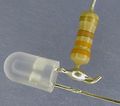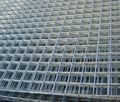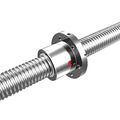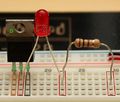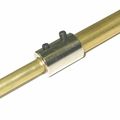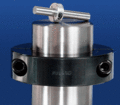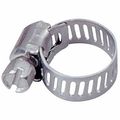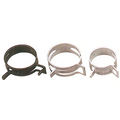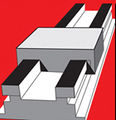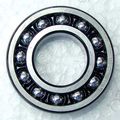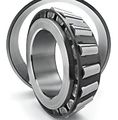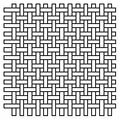Assembly Mechanisms: Difference between revisions
Jump to navigation
Jump to search
(→README) |
(→README) |
||
| Line 13: | Line 13: | ||
*Magnetic, like with 2 magnets attracting each other. | *Magnetic, like with 2 magnets attracting each other. | ||
*Buoyant, like with a piece of wood floating on top of a tub of water. | *Buoyant, like with a piece of wood floating on top of a tub of water. | ||
*Gravity, like with a steel weight holding down a length of wire. | |||
=Intermolecular= | =Intermolecular= | ||
Latest revision as of 05:44, 6 January 2013
README
There's only so many ways things are attached together. Whenever you see a mechanical connection, try to find what assembly mechanism it uses!
- One piece, like a continuous block of steel.
- Soldered, brazed, or welded, like connecting copper to copper using molten-then-cooled tin-copper alloy.
- Adhered, like glue sticking paper to paper
- Fastened with thread, like with a machine screw or a bolt and nut.
- Pressure differential, like with suction cups.
- Plain contact, like a picture frame mounted on the head of a screw in the wall.
- Friction, like a semi-compressed spring holding itself inside a round tube.
- Weave, like a uniform cotton fabric pattern.
- Magnetic, like with 2 magnets attracting each other.
- Buoyant, like with a piece of wood floating on top of a tub of water.
- Gravity, like with a steel weight holding down a length of wire.
